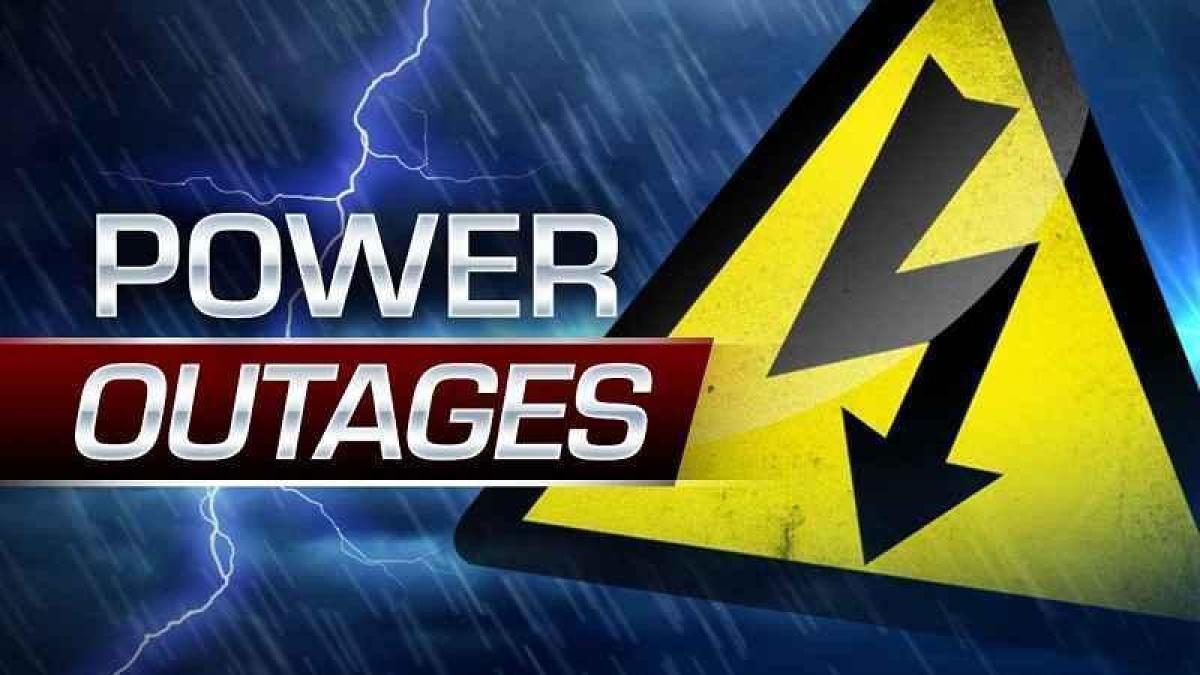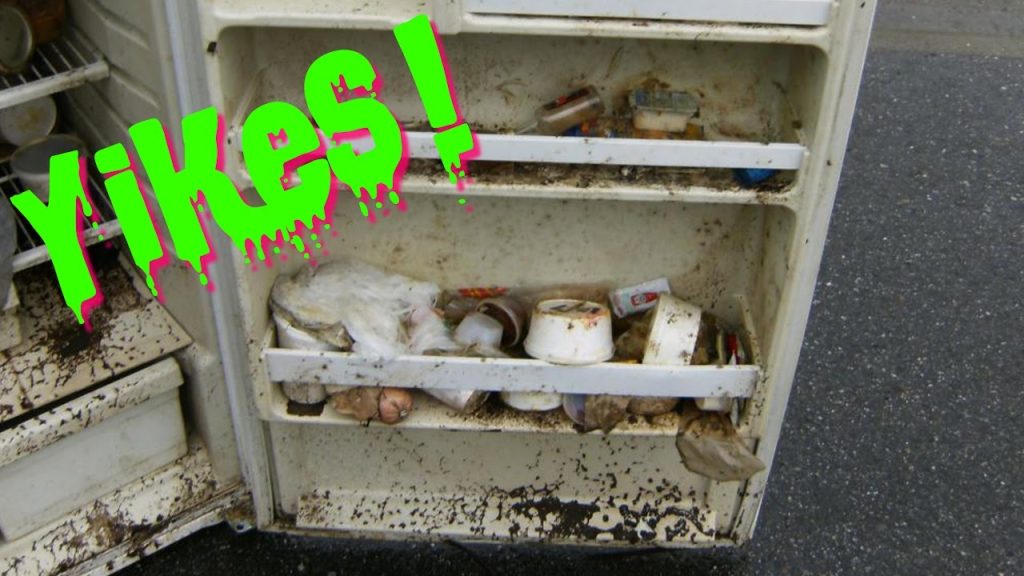
How Long Can Food Last in the Fridge Without Power?
According to the USDA, food can remain safe in the refrigerator for up to 4 hours after a power outage, as long as the door remains closed. After that, perishable items like meat, dairy, and leftovers can start to spoil, making them unsafe to eat. Once the temperature inside the fridge rises above 40°F (4°C), bacteria can begin to multiply, increasing the risk of foodborne illnesses.
Key Factors That Affect How Long Food Lasts:
- Fridge Temperature: A fridge should be kept at or below 40°F (4°C). When power is lost, the temperature inside can quickly rise, especially if the door is opened frequently.
- Door Closed or Open: Keeping the fridge door closed during a power outage helps maintain a cold temperature for longer. Every time the door is opened, cold air escapes, and warm air enters.
- Type of Food: Some items, like condiments, may last longer without power, while perishable items like meat, dairy, and eggs are more likely to spoil quickly.
How to Check If Your Food Is Still Safe to Eat

Once the power has been restored, it’s essential to check whether your food is still safe to eat. Here are some expert tips to help you determine if your food is still good or if it’s time to toss it:
1. Use a Food Thermometer
One of the best ways to check if food is safe is to use a food thermometer. If perishable food items have been above 40°F (4°C) for more than 2 hours, they should be discarded. This includes items like meat, poultry, fish, eggs, and dairy products.
2. Look for Signs of Spoilage
Even if food is below 40°F, check for signs of spoilage. Look for changes in color, texture, or smell, especially with meat and dairy. If anything seems off, it’s safer to throw it away than to risk foodborne illness.
3. Use the “When in Doubt, Throw It Out” Rule
When it comes to food safety, it’s always better to be cautious. If you’re unsure whether food is still safe to eat, it’s best to throw it out. The cost of spoiled food is much less than the cost of getting sick from foodborne bacteria like Salmonella or E. coli.
Foods That Can Be Kept After a Power Outage

Not all foods need to be discarded after a short power outage. Here are some items that can typically withstand higher temperatures for a longer period:
1. Hard Cheeses
Hard cheeses like cheddar, Parmesan, and Swiss can usually be kept at room temperature for a short time without spoiling. Check for any unusual mold or smells, but they’re generally safe to consume after a brief power outage.
2. Condiments
Items like ketchup, mustard, vinegar-based dressings, and soy sauce can often be kept after a power outage. Because these condiments have preservatives, they tend to last longer without refrigeration.
3. Fresh Vegetables and Fruits
Fruits and vegetables that aren’t cut or cooked can last longer without refrigeration. Hardier vegetables like carrots, potatoes, and onions are especially resilient, but be sure to inspect fruits and veggies for signs of spoilage before eating.
Foods That Should Be Thrown Out After 4 Hours Without Power
Some perishable foods become unsafe to eat if they’ve been above 40°F for more than 4 hours. These items should be discarded to prevent foodborne illnesses:
- Meat, Poultry, and Seafood: Fresh, cooked, or raw, these items should be discarded if stored above 40°F for more than 2 hours.
- Dairy Products: Milk, soft cheeses, yogurt, and cream should be thrown out after 4 hours without power.
- Eggs: If eggs or egg-based dishes have been stored above 40°F for more than 2 hours, they should be discarded.
- Leftovers: Any cooked leftovers, casseroles, or soups should be thrown out after 4 hours at unsafe temperatures.
How to Keep Food Safe During a Power Outage
There are steps you can take to keep your food safe during a power outage and prevent spoilage:
1. Keep the Fridge and Freezer Closed
One of the simplest yet most effective steps is to keep the refrigerator and freezer doors closed. This traps cold air inside and slows the temperature rise. The USDA recommends keeping the doors closed as much as possible to maintain the cold temperature for as long as possible.
2. Use an Appliance Thermometer
Place a thermometer in your fridge and freezer to monitor the temperature. Keep the fridge at or below 40°F (4°C) and the freezer at or below 0°F (-18°C). This will help you track when food has entered the unsafe zone and whether you need to start discarding items.
3. Store Ice or Frozen Water Bottles
Consider storing extra ice or frozen water bottles in your freezer. These will help keep the temperature low for longer during a power outage. You can also transfer these ice packs to your fridge if necessary to keep perishables cold.
4. Use a Cooler for Essentials
If you know the outage will last for an extended period, use a cooler with ice packs to store essential food items like milk, eggs, and meat. This can give you extra time to keep important perishables cold until the power is restored.
What to Do If the Power Is Out for More Than 4 Hours
If your power is out for more than 4 hours, it’s time to take action to prevent foodborne illness. Follow these steps:
1. Transfer Perishable Food to a Cooler
Move perishable items like meat, dairy, and eggs to a cooler filled with ice. This can help keep food cold for a little longer while waiting for the power to return.
2. Consider Cooking Perishable Food
If it’s safe and you have access to a gas stove or grill, consider cooking perishable items like meat, poultry, and fish. Cooking the food will help prevent it from going to waste, but be sure to consume it within 2 hours or store it in a cooler afterward.
3. Discard Unsafe Food
When the power returns, use your appliance thermometer to check the temperature inside your fridge. If the fridge has been above 40°F for more than 4 hours, discard perishable items to avoid foodborne illness.
FAQ
| Question | Answer |
|---|---|
| How long can food stay safe in the fridge without power? | Food can stay safe in the fridge for up to 4 hours without power if the door remains closed. After 4 hours, perishable items like meat and dairy should be discarded. |
| What should I do if the power is out for more than 4 hours? | Transfer perishable items to a cooler with ice to keep them cold for a little longer. If the food has been in the fridge above 40°F for more than 2 hours, it’s safer to throw it out. |
| Can I refreeze food that has thawed? | If food in the freezer still contains ice crystals or has remained at or below 40°F, it can be safely refrozen. Otherwise, it’s best to discard it. |
| What should I do if my food smells or looks off after a power outage? | If food looks or smells off, discard it immediately. Spoiled food can harbor bacteria that cause foodborne illnesses. |
| Can condiments be saved after a power outage? | Most condiments like ketchup, mustard, and vinegar-based dressings can be kept after a power outage, as they contain preservatives that allow them to last longer without refrigeration. |
If your home has experienced damage or needs cleanup services after an extended power outage, contact Citywide Mold Mitigation for expert restoration services.

